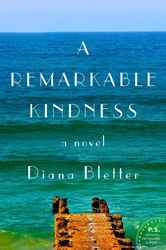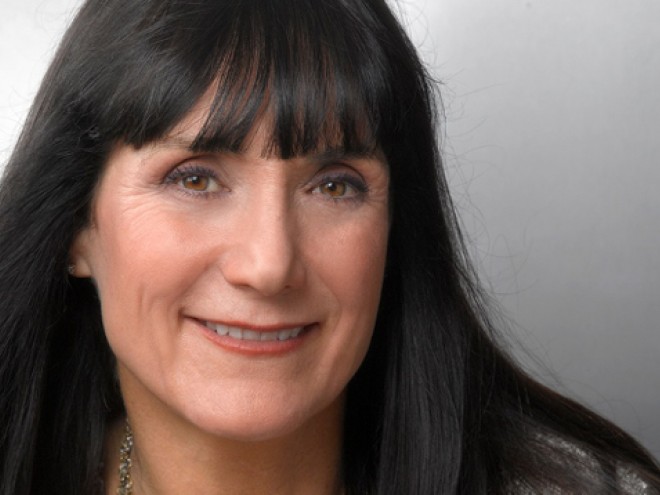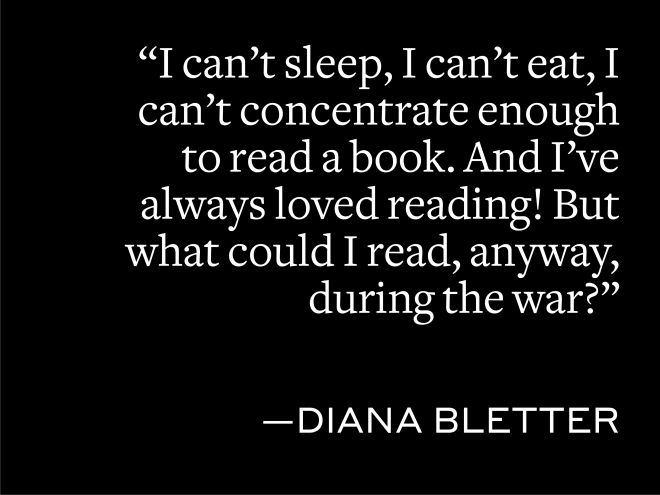Diana Bletter is the author of A Remarkable Kindness and lives in Israel. She will be blogging here all week for Jewish Book Council’s Visiting Scribe series.

I was standing in front of the Treasury Building in Petra, Jordan, a colossal structure carved right out of — or into — a rose-colored cliff, built about 500 C.E. The setting was mind-bogglingly magnificent, but it seemed sort of ghostly. Empty. For me, there was no echo, no resonance. Why? Because the Nabateans kept no written records. I could not connect to what was going on there. I had no way to understand or imagine how this building was used or what it meant to the Nabateans.
How lucky I am to belong to a nation of studiers and scribes! I have a rich written history to fall back on, to prop me up. I’m one more link in a chain of Jews that stretches back to ancient times and I can study texts to feel the connection.
But I also belong to a sub-category within that group: I am a Jewish woman. Which leaves me the task of reading between the lines when it comes to understanding Jewish women’s history, in the clues and meanings implied, inferred, or hidden within the Bible and Talmud.
A writer’s job is to define the world. This very act of naming things, as Adam did in the Garden of Eden, is crucial for writers. We write what we see and feel. Writers have the privilege — and the responsibility — to translate our perspective into words. Those words give us power. And observing, followed by transcribing, is the power that gives us the art of writing.
 I grew up in an age when Jewish women were not doing the writing as much as being written about. I feel fortunate to have witnessed a golden age for Jewish women writers. We can use our freedom to shape our own texts — and our own lives. We witness the world from our unique perspective, and we can share that outlook with others. It is our self-appointed task as writers to be independent, insightful, irreverent, faithful, thoughtful, spiritual, and creative all at once.
I grew up in an age when Jewish women were not doing the writing as much as being written about. I feel fortunate to have witnessed a golden age for Jewish women writers. We can use our freedom to shape our own texts — and our own lives. We witness the world from our unique perspective, and we can share that outlook with others. It is our self-appointed task as writers to be independent, insightful, irreverent, faithful, thoughtful, spiritual, and creative all at once.
A while ago, I was visiting the United States (I moved from New York to northern Israel in 1991) and met with a Jewish Community Center program director who was considering inviting me to speak about my new novel, A Remarkable Kindness. The book tells the intertwined stories of four American women who are members of a hevra kadisha—what I call a burial circle — in Israel. The director looked at me skeptically and asked, “Why do you think your book would appeal to a general audience?”
I glanced above him; on the wall was a painting of a religious Jewish man studying an ancient text.
“That’s why,” I said, pointing up at the painting.
A man can symbolize all of Judaism. A woman’s connection to her beliefs, heritage and traditions all too often lies on the sidelines — not for a general audience. My first book, The Invisible Thread: A Portrait of Jewish American Women, was an attempt to give women center stage and provide the opportunity to speak about their Jewish experiences; my new novel allows four fictional characters to participate in and witness a mostly hidden Jewish ritual which ultimately transforms their lives.
I’m proud to take my place as a scribe in a nation of scribes. I feel fortunate, blessed to be writing when I can write exactly what I want — not necessarily because I want to preserve my words for the future or because I want to understand the past, but because I want to tell a good story, conveying what life is like right now, in the present.
Diana Bletter’s writing appears in The New York Times, The Wall Street Journal, and other publications. He novel A Remarkable Kindness is now available from William Morrow.
Related Content:
- Michelle Brafman: Washing the Dead: The Wonder of Ritual
- Women’s History Month Reading List
- Elana Maryles Sztokman: 10 Ways to Promote Gender Equality in Your Local School
Diana Bletter is a National Jewish Book Award nominee and author of several books, including A Remarkable Kindness and The Loving Yourself Book for Women. Her work has appeared in Commentary, The New York Times and The Wall Street Journal.



